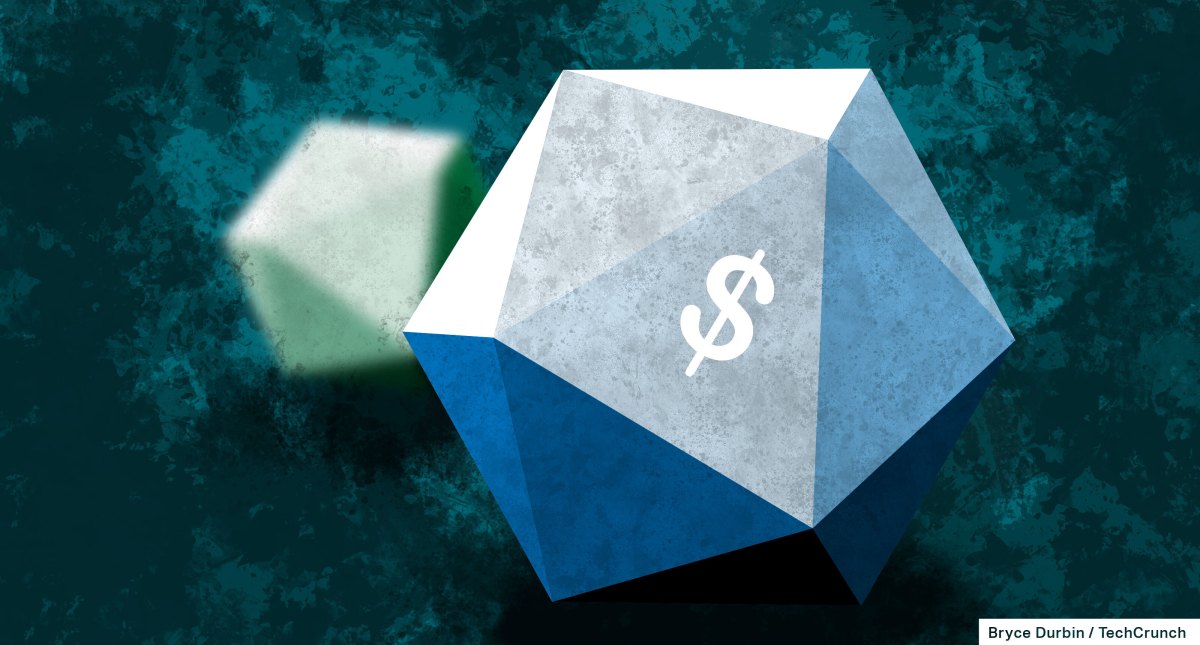ARTICLE AD
Mo Alkhadra spent years of his life figuring out how to remove troublesome materials like toxic lead and radioactive waste from water. But as he progressed along his doctorate studies at MIT, he realized that if he wanted to bring his technology to market, he’d need to do something other than build a better Brita.
“We ended up talking to large corporates that had interest in that domain,” Alkhadra told TechCrunch. But, he added, “I had been warned to some extent by investors and other stakeholders in the industry that it would be a very challenging space to pursue from a business standpoint.”
So instead, Alkhadra changed his focus. Rather than trying to deliver clean water and discard undesired contaminants, he’d recover valuable minerals locked in water from reservoirs deep underground. Alkhadra’s startup, Lithios, is starting with lithium, a critical mineral that’s in high demand as the automotive industry transitions to electric vehicles.
Today, most lithium is either mined or captured by evaporating briny water on vast salt flats, most of which are in Andean South America. But extracting lithium in those ways is expensive, slow, and geographically limited.
In response, a fresh crop of startups is trying to meet the booming demand for lithium, particularly lithium that can be mined from sustainable sources. In addition to Lithios, companies like Lilac Solutions and EnergyX are all rushing to become the go-to lithium source for automakers and battery manufacturers. They all extract lithium from briny water drawn from below the Earth’s surface, though they tackle the problem of separating metal from water in different ways.
Lithios’ approach is similar to the way that lithium-ion batteries work. Inside one, lithium ions are nestled inside the anodes, where they are stored like books on a shelf. As the battery charges or discharges, those ions flow back and forth between the two terminals, each time nestling themselves in the nooks of the anode or cathode, which are made from materials known as intercalation compounds.
In Lithios’ setup, briny, lithium-rich water flows past electrified intercalation compounds. Which ones? Alkhadra wouldn’t disclose. “We use inexpensive, abundant materials that are known to work for lithium,” he said. “I don’t want to tell the specific chemistry yet, but these are battery compounds which are actually used in lithium-ion batteries today. They are scalable, easily manufacturable, have robust supply chains.”
In Lithios’ device, those compounds act like a sponge, absorbing lithium and ignoring other stuff that’s dissolved in the water. When the sponge is full, Lithios drains the briny water, turns on a fresh water tap, and reverses the process. Lithium flows out from the sponge and into the fresh water.
“The lithium that gets released into a clean water solution is a very concentrated, purified solution that is readily converted into battery powders,” Alkhadra said.
The entire process was designed to minimize water use. The remaining briny water is injected back into the ground, and much of the water in the “release” step can be reused, he added. “I grew up in Saudi Arabia, a very arid, dry region.”
Lithios recently raised $10 million in seed funding, the company exclusively told TechCrunch. The round was led by Clean Energy Ventures with participation from GS Futures, Lowercarbon Capital, MassCEC, and TechEnergy Ventures. The company also raised $2 million in venture debt through Silicon Valley Bank to purchase manufacturing and processing equipment.
The infusion will help the company scale its system from a small bench-top lab experiment to a suitcase-sized pilot that it can take out to the field to test brines in the wild. Lithios has tested 16 different brines from North America, South America, and Europe, Alkhadra said.
“We’re probably one scale-up stage behind the ultimate vision of having a refrigerator-sized system,” he said. “The system from there on would be replicated in a modular fashion to go for large commercial projects making thousands of tons of lithium carbonate. Not suggesting that that’s going to happen in a year or two, but we’re working toward that in the next couple of years.”

 1 month ago
10
1 month ago
10 

